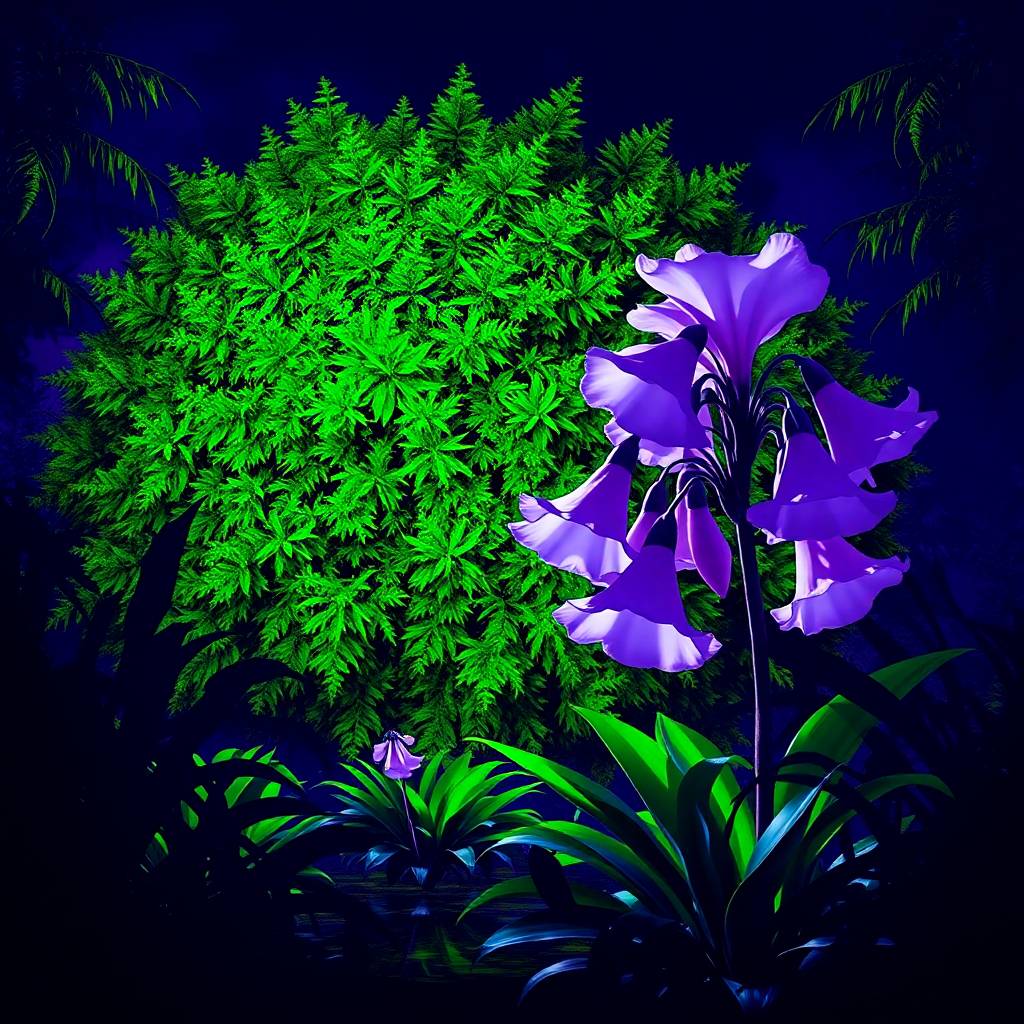Gallroot Lily
Description
The Gallroot Lily is a beautiful plant with a deadly secret. It is semi-carnivorous. Like a few marsh plants, it obtains the nutrients it needs from the poor bog soil, which is derived from the animal kingdom.
The lily's roots emit a musky smell that rodents, and especially small water voles, find irresistible. The irresistible smell draws the doomed animal to burrow below ground and eat some of the roots, considering them a great delicacy.
Only a minute after the rodent has ingested the plant, it falls asleep and never wakes up again. The lily's roots then grow around the animal and slowly but surely draw the nutrients it needs from it.
Fortunately, the plant only needs to feed once a year to get its meals. Over time, the vole mummifies slowly, and rituals for the dead use the calcified rodent bodies.
The Wiseheart traditionally collects them during the Samayne Celebrations. It is believed that the plant draws its power from the Nether, making it a perfect conduit to the The Underworld and other planes of existence.
As a plant, the gallroot lily is very striking. The plant often grows nearly 6 feet tall and features giant, fragrant white bells, which are easily visible from a distance, especially in the gloom of night.
This is why, Reivers who frequently go into the Marshes are wont to line the path home with the plant - it is a guide to safety out of the bogs.
Geographic distribution and Habitat
The Gallroot Lily is very common in the Marshes, especially in The Reivers' Marshes. As mentioned earlier, local clansmen often plant and feed it. It is less common in the wilder parts of the Morgunt Marsh, as it does not grow very well in full shade. It needs some sun to prosper.
The plant prefers to have its roots near the water, but it is not fully submerged in it. Seeing a bank of gallroot lilies means dry ground underneath - another useful pointer for the clansmen when they venture into the Marshes' dangerous environment.
Life Cycle and Cultivation
Despite their nutritional needs, lilies are easy to grow and readily take root near water once their food requirement is met. They bloom nearly all year round, at least three or four times a year, but not during the dark months of the year (cold season).
Once the flowers open, they attract a wide range of evening and night pollinators, which find their giant white bells particularly attractive under the moonlight.
Properties, Byproducts, and Exploitation
The lily's seeds are enormous and have extensive medicinal use. The seeds also contain the same sleep-inducing properties as the root. Wisehearts witches used them to make sleeping draughts and treat 'nerves'.
Clansmen have also used the seeds as pearls to make elaborate necklaces. These are less popular than they were, as most people prefer metalwork these days. People still wear the necklaces on certain holy days to celebrate the dead.
Cultural importance, Myths
The plant has become part of many myths and legends associated with the goddess Arran - people say her tears, shed when she lost Beelian of the Marsh to the mortal world, became its seeds.All images are AI-generated unless otherwise mentioned



Comments